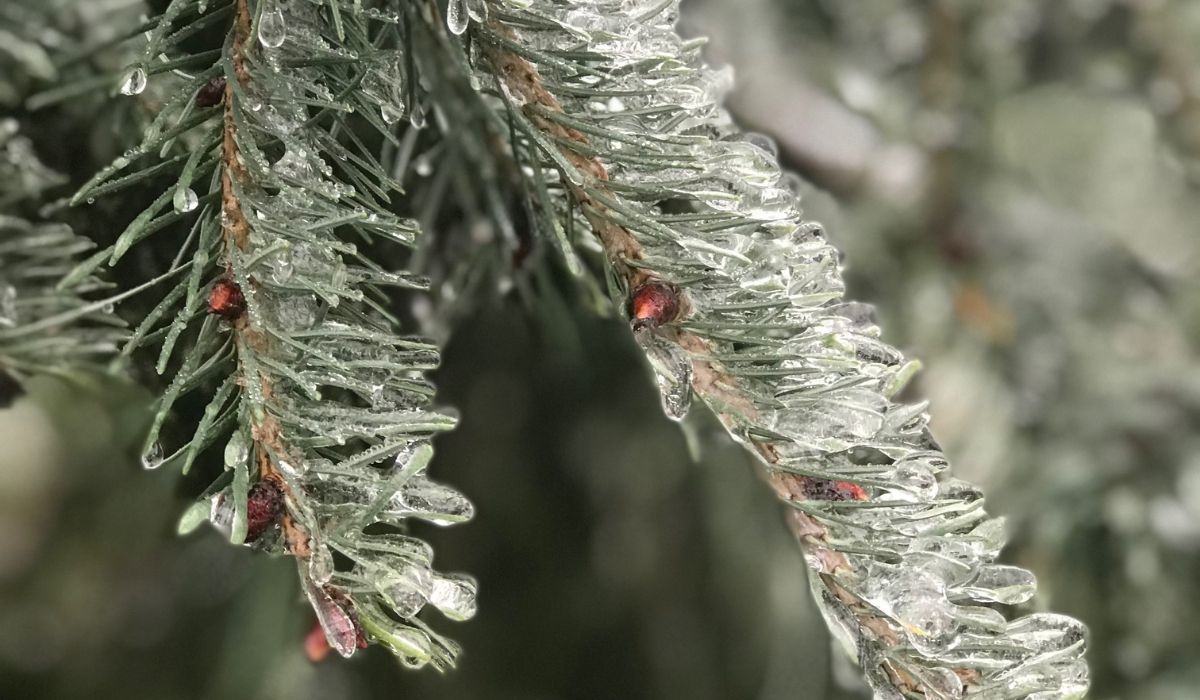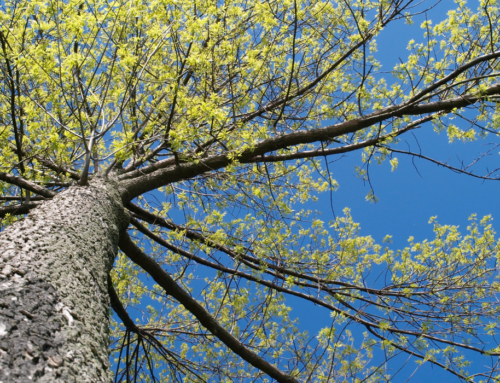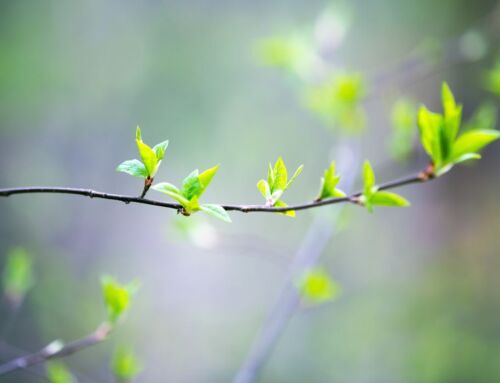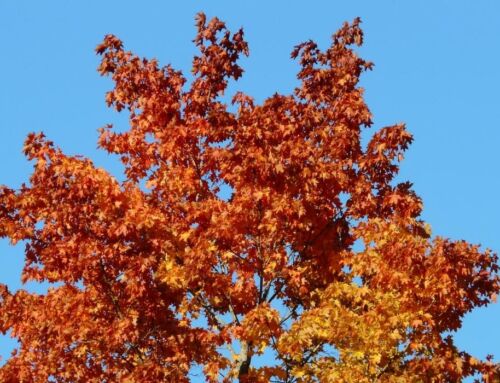Cooler temperatures can have serious negative effects on plant and tree life, such as on broadleaf evergreens like azaleas, laurels and rhododendrons. Leaves can brown or even die, making your property look worse and leaving you to have to make changes for the following year.
Other negative outcomes include winter burn and winter leaf scorch. Winter burn occurs when a tree release water, also known as transpiration, and ultimately dehydrates because moisture cannot be replenished. Browning then occurs. Winter leaf scorch, normally identified as purple or brown discoloration on needle ends on evergreens, happens during dry winter winds that combine with frozen earth.
Luckily, there are ways to alleviate the natural effects of the fall and winter seasons. One is to resort to anti-desiccant spray, which reduces water loss due to a protective coating on foliage.
The spray helps to replace that moisture lost when cold winds and dry conditions tend to remove moisture from foliage, in turn leaving trees and shrubs vulnerable. The spray should be applied throughout the fall season leading into dormancy, when temperatures tend to dip below 50 degrees.
Depending on weather and other conditions, the anti-desiccant spray can often last for six months — or until the spring season arrives and the spray is no longer a necessity due to rising temperatures and more sunlight and moisture.
Since evergreens are especially susceptible to the harshness of winter conditions, they are prime candidates to be taken care of before a strong winter burn can reveal its effects by the time spring rolls around. Plants that are exposed to full sunlight, or those positioned to take the brunt of wind persistence, tend to feel the impact the most.
Instead of worrying about how your plants will look in the spring, take action now and call or message Camelot Trees and Shrub Co. today and let our experts tell you what plants are most at risk and require an anti-desiccant spray to survive and thrive into the next year.





